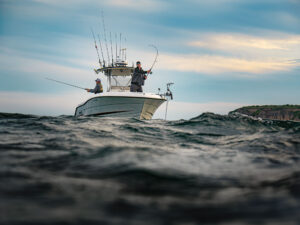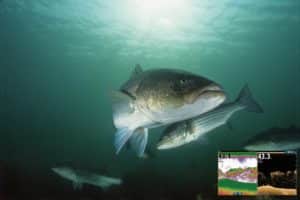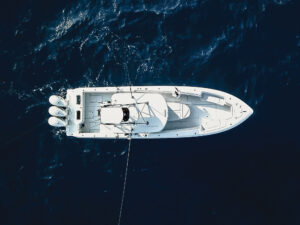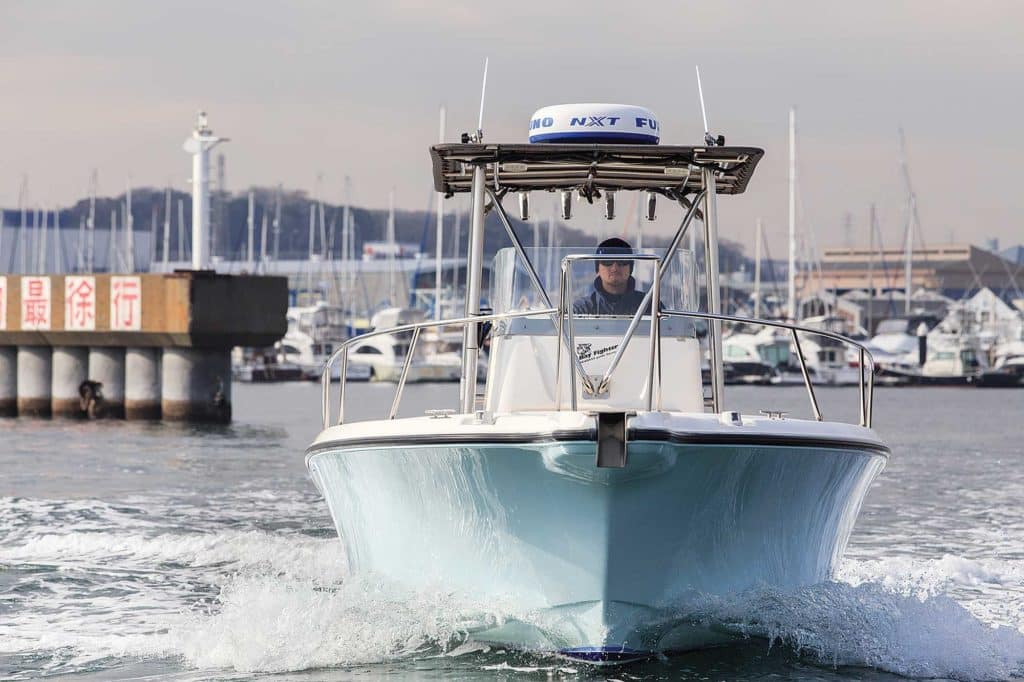
Granted, I fish mainly inshore on my bay boat, but still I find times when radar might be useful to me: when I can’t clearly see pelicans diving on pogies in the distance; when fog or low-light conditions make navigation tricky; when I want to see which way a rain system is moving and how fast.
I would have to add a hardtop to my vessel to make use of radar technology, but my point is: Radar is really a no-brainer for many anglers.
With today’s complex digital-signal processing, dome and open-array radars (both magnetron and solid-state) decipher returns better and more quickly for improved target resolution. So from among all the various radars out there — ranging in price from many hundreds to thousands of dollars — how does a boat owner judiciously choose?
I asked the experts to spell out basic differences between domes and arrays so anglers could more easily take the first step in a radar-purchase decision.
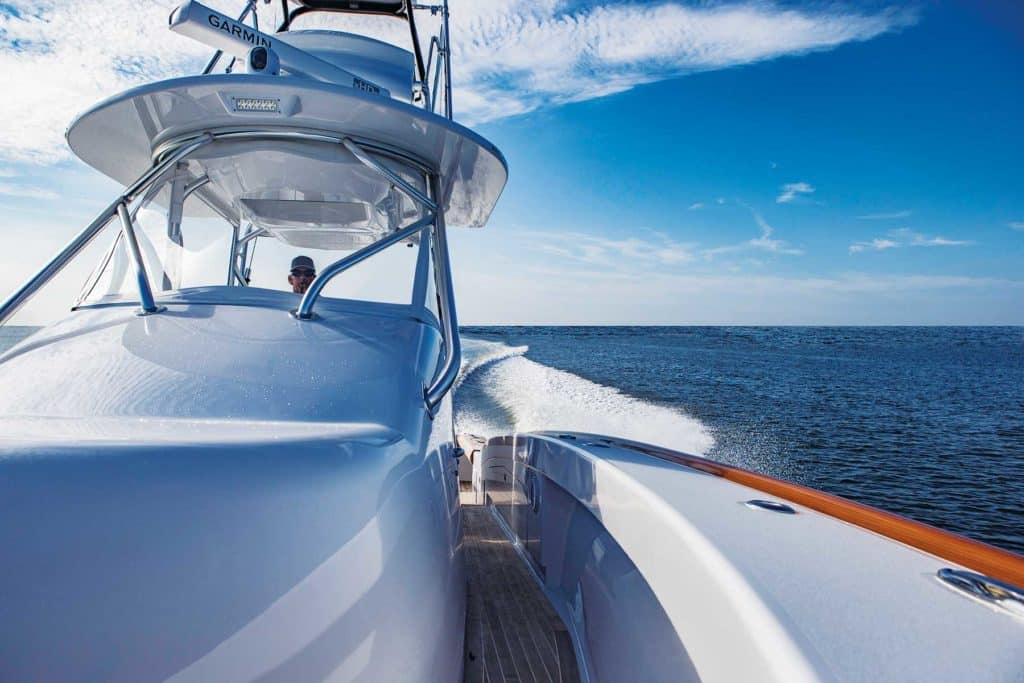
Boat Logistics
“Typically we start off first by asking what kind of boat they have,” says David Dunn, director of sales and marketing for Garmin. “For a 25-foot center console, an open array might not be the best fit.”
Domes usually measure 18 inches or 2 feet in diameter, while most recreational open arrays can measure 3½, 4 or 6 feet from one end of the antenna to the other. In addition, arrays spin, so the surrounding space must allow rotation. Outrigger, anchor light and VHF antenna mounts can interfere structurally.
Weight can also be a significant factor. Domes weigh 15 to 25 pounds, while arrays weigh 45 to 70 pounds — thus requiring a substantial hardtop.
“The other key factor is how high off the water the radar is going to be,” Dunn says. “No matter how powerful the radar, if it’s only 15 feet off the water, you’re not going to be able to get the full range of the radar.”
Larger center console and sport-fishing vessels that rise higher off the water or feature taller superstructures gain better performance from open-array radar.
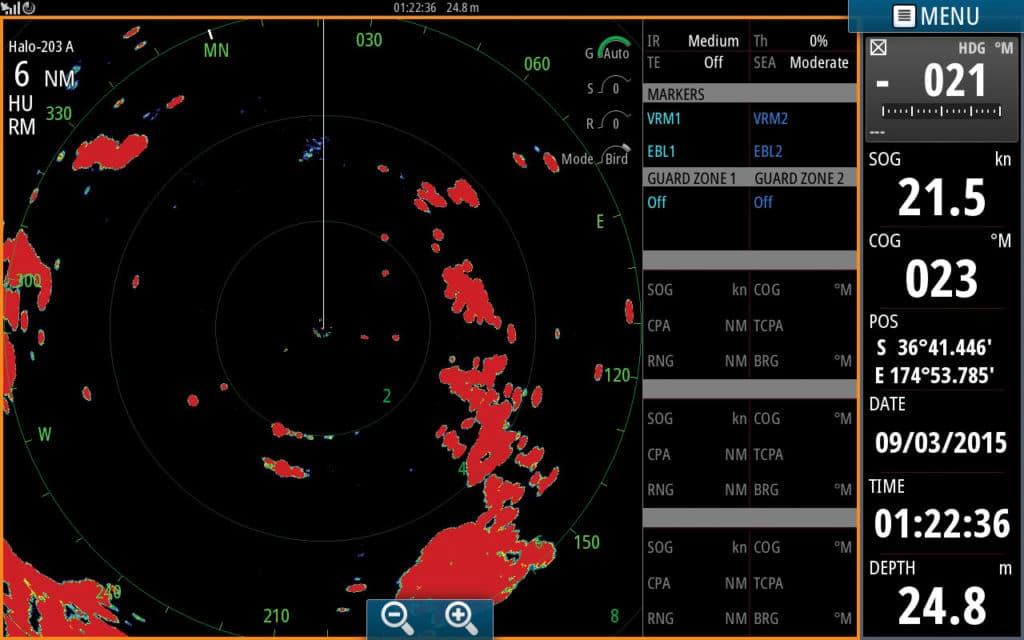
Need and Usage
Once you determine what size radar your boat can effectively use, you need to consider how you’ll use the technology. “Ninety-five percent of people are using it for collision avoidance,” says Mark Harnett, Simrad radar product manager. “Others use it for seeing weather, for long-range navigation and for bird finding.”
Hardcore anglers usually want to see birds, but depending on where they fish, they also use radar to help in foggy conditions, to watch storm fronts, and to keep an eye on nighttime boat traffic when they’re fishing the canyons or drifting for swordfish.
Bird finding “comes with power,” Dunn says. “You need to have more power. That’s where we draw the line. The technology in a dome is a lot better than it used to be. It has better target separation and bird mode built in.” But domes usually generate about 4 kW of power, while arrays generate 6 kW to 25 kW.
Radomes on smaller boats generally see birds out to only about 2 to 4 miles, depending on conditions. Anglers who need to see farther and who want to more easily identify birds diving need to consider at least a 6 kW array. The average range of radomes can be 24 to 48 nautical miles, while arrays typically see 64 to 96 nm.
Higher-power 12 kW magnetron radars such as Raymarine’s HD and Super HD Color arrays work better at finding birds at longer range, says Jim McGowan, Raymarine marketing manager. While anglers may have heard a lot about solid-state and pulse-compression radars in recent years, magnetron radars still exist, and they’re capable of putting a lot of power on targets.
“What you’re going to get from the extra cost of an array is target separation,” says Tim Moore, general manager of East Coast Furuno operations. Moore says anglers can mix and match antenna and amplifier sizes. The open-array antenna sits atop the amplifier; anglers could choose a 4-foot array and a 12 kW amplifier or a 6-foot array and a 6 kW amplifier.
“When you go bigger [in length] with the antenna, you get more detail in the image and a little more power on the target. If you go up on transmitter power, you get more power on the target,” McGowan says.
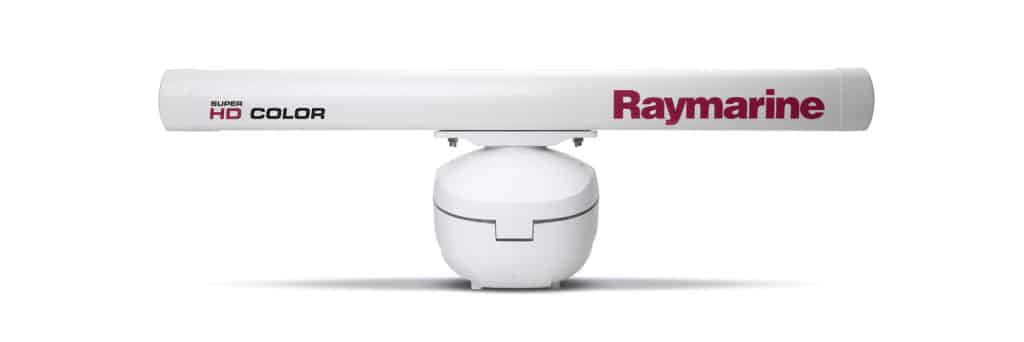
Beam Angle
Antenna length determines the radar’s beam angle, which is the side-to-side arc measurement of the radiated microwave beam. The tighter or narrower the beam angle, the better the target resolution and sharper the image.
Radomes — which contain a small spinning antenna within the housing — emit beams that measure in the 4- to 5-degree range, while open-array beams measure 1 to 2 degrees, “almost like a pointer,” McGowan says.
For instance, at longer ranges of more than 5 miles, a wide beam might paint an inlet as one large blob along the coastline, while a tighter beam might show both sides of the opening. Using a radome, boats clustered around a fishing area might appear as one large target, while an array might pick out individual vessels.
Read Next: Radar’s New Technology: Solid State and Pulse Compression
However, in today’s digital age, many radar-makers offer a beam-sharpening feature with radomes and arrays. Furuno’s Rezboost takes a 3.9-degree beam from a 24-inch dome and offers three tighter settings of 3.7, 2.9 or 2 degrees, Moore says.
Seeing larger targets can be advantageous at times, he adds. “The thing I like about domes: All targets are big.”
Options on Options
Perhaps by now you’ve determined whether you need a dome or an array for your style of fishing. But you still face a second tier of decisions about features and technology.
Pulse-compression radars up to about 40 watts — such as Simrad’s Halo and Garmin’s Fantom dome — can be equivalent to 5 kW to 6 kW radars. Halo transmits chirps of varying power; in general, it emits less power more often than an equivalent magnetron radar. “Longer chirps are great at holding energy but not great at range resolution,” Harnett says. “Shorter chirps give better resolution, but they run out of energy.”
Other features to review include dual-range mode, variable rpm speeds, ARPA and MARPA targeting, AIS options, and Doppler and true trails modes. And finally, of course, there’s price: It should come as no surprise that arrays cost more than radomes.
The best advice I have is to take the buying process one step at a time, and you’ll definitely enjoy the final outcome that much more.


